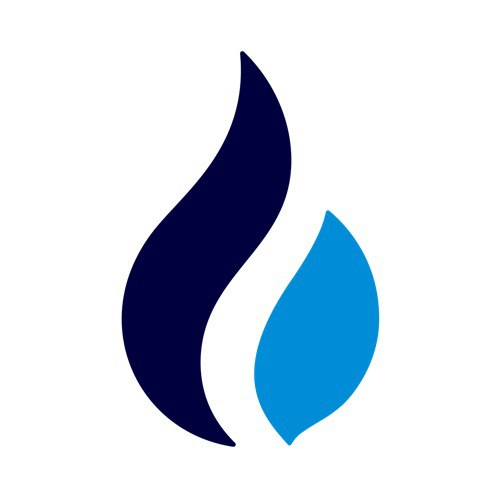
TLM
项目开始时间

2021年4月7日
关于
1. Background IntroductionAlien Worlds is a blockchain-based metaverse game that combines DeFi (Decentralized Finance) and NFT (Non-Fungible Token) elements. It is built on the WAX blockchain and integrates with Ethereum and Binance Smart Chain (BSC). The game allows players to explore virtual planets, mine Trilium (TLM) tokens, and participate in decentralized governance. Alien Worlds aims to create an immersive, player-driven economy where users can earn rewards through gameplay and strategic decisions.2. Core Website ContentThe website showcases Alien Worlds as a play-to-earn (P2E) game with a focus on mining, battling, and governance. Key features include: (1) Planet Exploration: Players can mine TLM on different planets with unique attributes. (2) NFT Assets: Tools, avatars, and land are represented as NFTs. (3) DAO Governance: Players can stake TLM to influence planet development. (4) Missions & Battles: Interactive gameplay elements for earning rewards. The site also provides links to the game dashboard, marketplace, and community channels.3. Technical FeaturesAlien Worlds leverages multiple blockchain technologies: (1) Built on WAX for fast, feeless transactions. (2) Cross-chain compatibility with Ethereum and BSC via bridges. (3) Smart contracts for NFT minting and staking. (4) Decentralized identity through WAX Cloud Wallet. The game uses a dual-token system (TLM for economy, NFTs for assets) and implements a provably fair mining algorithm. The technical architecture supports scalability with layer-2 solutions.4. TokenomicsThe native token, Trilium (TLM), has a max supply of 5 billion with current circulating supply around 2.5 billion. TLM is used for: (1) Mining rewards distributed to players. (2) Staking in planetary DAOs for governance rights. (3) Cross-chain transfers between WAX, Ethereum, and BSC. (4) Purchasing NFTs in the marketplace. The inflation model is designed to decrease over time, with token distribution split between gameplay rewards (70%), team (15%), and ecosystem (15%).5. Competitor ComparisonCompared to similar metaverse games like Axie Infinity (Ronin) or Splinterlands (Hive), Alien Worlds differentiates by: (1) Lower entry barrier with free basic mining tools. (2) Stronger focus on DAO governance mechanics. (3) Multi-chain accessibility. (4) Simpler gameplay appealing to casual users. However, it lacks the complex battle systems of Axie or the card-collection depth of Splinterlands. The economic model is more mining-centric compared to breeding-focused competitors.6. Risks and ChallengesKey challenges include: (1) Token price volatility affecting earnings. (2) Competition from newer P2E games. (3) Dependence on WAX blockchain performance. (4) Regulatory uncertainty around gaming tokens. (5) Sustainability of inflation-based rewards. The game must maintain player engagement as TLM rewards diminish over time and avoid becoming a pure yield-farming platform without meaningful gameplay.7. Industry FutureAlien Worlds operates in the growing blockchain gaming sector projected to expand with metaverse adoption. Trends favoring its model include: (1) Increased demand for interoperable NFT assets. (2) Growth of DAO-based community governance. (3) Mainstream interest in play-to-earn mechanics. The project could benefit from integrating with broader metaverse platforms and expanding its cross-chain capabilities. Future success depends on balancing economic incentives with engaging content to retain players beyond speculative mining.8. SummaryAlien Worlds presents an accessible entry point to blockchain gaming with its mining-focused metaverse and DAO governance features. Its multi-chain approach and NFT economy create diverse engagement opportunities, though the gameplay depth remains limited compared to competitors. The project's long-term viability hinges on maintaining token utility, expanding gameplay features, and navigating the evolving regulatory landscape for crypto gaming. As an early mover in space-themed metaverses, it has established a solid foundation but faces increasing competition in the P2E sector. 更多>


























































 看多
看多
 看空
看空